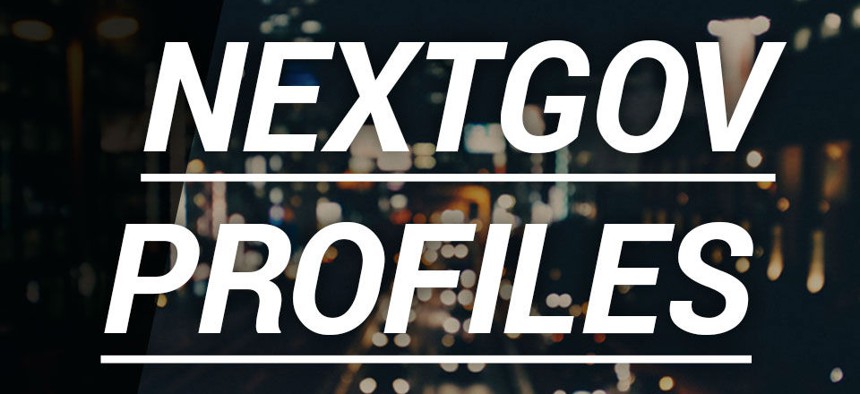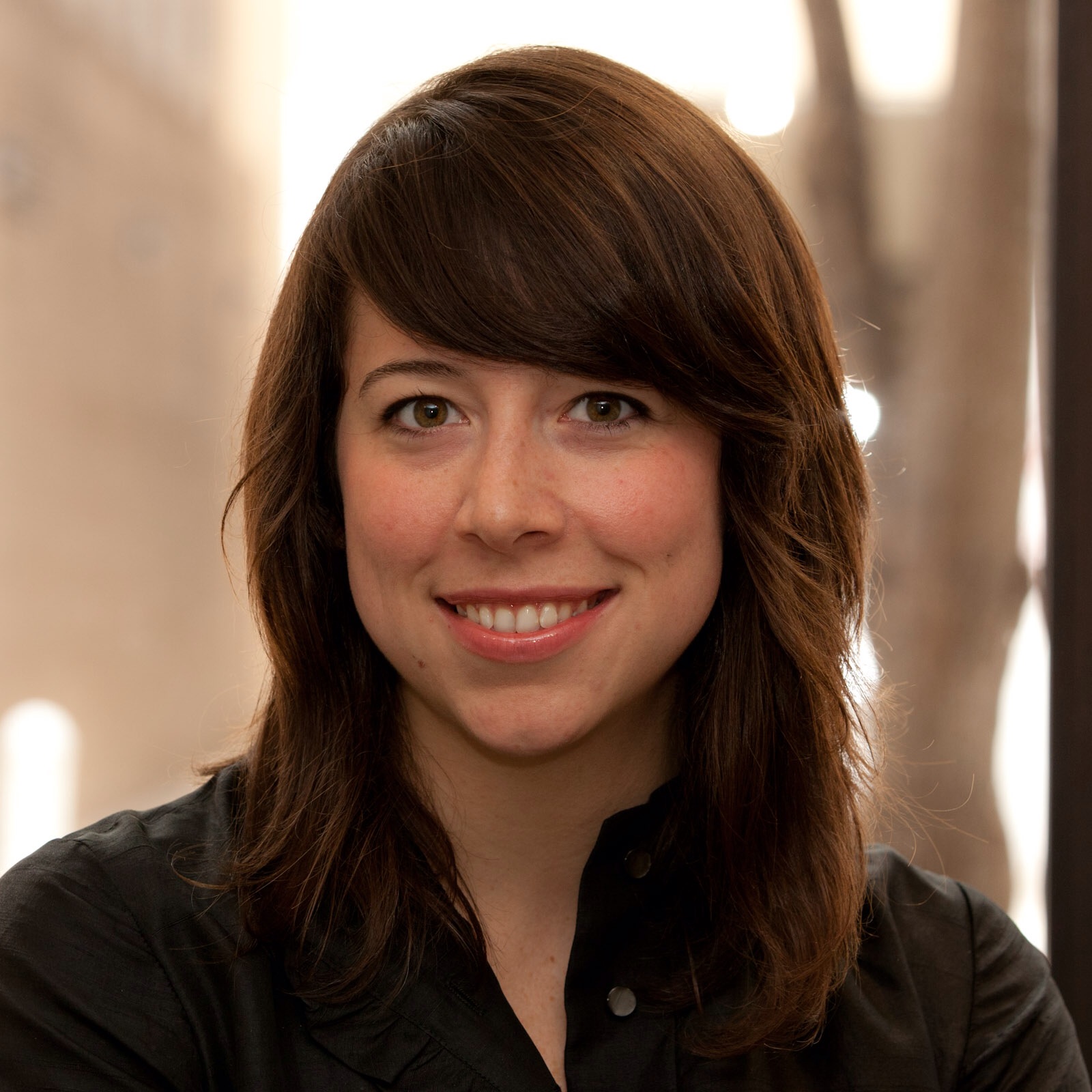Meet the Digital Service Guru Who’s Helping New Recruits Navigate the Federal Bureaucracy

Nextgov sat down with Erie Meyer to get more insight into how she helps new recruits maneuver through a Mt. Everest of government regulations, rules and guidelines.
Correction: An earlier version this article misstated Erie Meyer’s title and her role at the U.S. Digital Service. She is a founding member of USDS and is not a recruiter for the office.
The cast of talented technologists working to rid the federal government of clunky, out-of-date services is on the rise. The staff of the U.S. Digital Service has grown from just a handful of people to more than 100, since the office was created eight months ago.
Many of the new hires are Silicon Valley transplants from some of the country’s top tech companies who have never worked in government and may have been skeptical about signing up for service with Uncle Sam in the first place.
Lucky for them, there’s Erie Meyer, a self-described “government sherpa,” who’s helping many of them -- particularly at the Department of Veterans Affairs’ digital team -- navigate the intricacies of the federal bureaucracy.
Nextgov sat down with the founding member of USDS last month to get more insight into the birth of USDS, her own path to the White House’s premier tech team and how she’s helping new recruits maneuver through a Mt. Everest of government regulations, rules and guidelines.

Navigating the 'Red Rules' and 'Blue Rules'
As a technologist with years of experience working for the federal government, Meyer knows how to navigate its roadblocks, she says.
Without her expertise, a simple question about the Paperwork Reduction Act could stall an important digital service project. For example, she recently helped VA’s digital service team -- where she’s focusing her efforts -- with a survey project designed to better target care for veterans.
“As somebody who's served in government for a long time, I can say, 'Well, actually the Paperwork Reduction Act is designed to make sure people aren't filling out duplicative forms,’” Meyer says. “‘Here are the actual rules and ways we work with it to get this work done anyway.’”
VA is also in the midst of a huge reorganization, termed “MyVA,” spurred by a spate of watchdog reports last year that delayed treatment at VA medical centers had led to the deaths of dozens of veterans. By the fall, a new VA secretary, Robert McDonald, called for overarching changes to the agency organizational structure to be implemented within the year.
The Web portion of these changes have fallen to VA’s digital department, which is condensing more than a dozen VA websites into a single site for all 22 million veterans.
“So, our first task was to find the best engineers in the world to come make that a reality,” Meyer explains.
But bringing in a talented team of engineers doesn’t automatically mean they will produce worthwhile results. Meyer says she tries to help them navigate the rules -- including those implicit folkways unique to the federal government.
“There are red rules and blue rules,” Meyer says, borrowing a concept from Jennifer Pahlka, Code for America founder and former deputy U.S. chief technology officer.
The red ones are those official, hard-and-fast rules (think “red lines”), while the blue rules are more akin to guidelines, those ways of doing things that have sprung up around chats at the water cooler.
“I'm really trying to make sure that we're working with as much fact as possible, so that the teams on the ground can be as aggressive as possible toward making things much, much better,” Meyer says.
'People are Beating Down our Door to Come Serve Their Country...'
Meyer, herself, has been an enthusiast of science and technology since joining her high school’s robotics team more than a decade ago in Columbus, Ohio.
In 2011, after helping launch what was one of the first open source government websites, for the attorney general’s office in Ohio, she was offered the opportunity to move to D.C. to become a founding member of the Consumer Financial Protection Bureau’s “Tech + Innovation” team.
During her stint in Washington, she caught the attention of then-Chief Technology Officer Todd Park. He invited her to join his team in 2013 to work on open data efforts as a senior adviser to the Office of Science and Technology Policy.
A year later, when Park asked Meyer to take on a new challenge -- launching USDS -- she didn’t hesitate to accept, she says.
Meyer joined the same day as its administrator, Mikey Dickerson. She says she worried recruiting for the new office might pose a challenge.
“How do you convince someone to leave a beautiful office and tacos and sunshine and come work on these problems?” Meyer asks.
But that hasn’t turned out to be a problem.
“People are beating down our door to come serve their country,” she says.
When Nextgov caught up with Meyer, the Digital Service team had 25 members working at White House headquarters, seven people at VA and over 100 at the General Services Administration’s 18F team.
Though her day-to-day role doesn’t involve recruiting, she has helped entice a few private-sector experts to make the leap into federal service. That includes Dana Chisnell, who “literally wrote the handbook on usability,” Meyer says, and is now working on user-experience issues from Digital Service headquarters in the White House.
When she talks about working at USDS, Meyer says she doesn’t market the job opportunity as a cakewalk.
“[Engineers are] intoxicated by hard problems,” she says. “So, part of what we have found to be particularly effective is to tell them how hard the problems are.”
Early Career Ambition: Change the World
Meyer’s own journey to her current position was circuitous.
Although she toyed with the idea of attending engineering school after graduating from high school, Meyer says she thought a career in journalism would give her a better opportunity to fulfill her youthful ambitions of changing the world. She enrolled in American University’s journalism program in 2002.
“At the time, I couldn't see a super direct line between computer science and service or making my community better,” she says. “As it turns out, there's tons of connections.”
After graduating from college, Meyer says she felt like she kept getting drawn back to tech. Every time she encountered a problem, her go-to reaction was to try to find a solution using technology. About a year after receiving her degree in 2006, she signed on as an intern at a firm called Blue State Digital, which supports organizations and campaigns in digital outreach. She was shortly hired full time as a strategist -- her first job in tech.
Since then, Meyer says she’s actually discovered many similarities between working in journalism and tech. As a reporter, she would ask questions and listen, which she says is similar to user research often undertaken by technologists. “And being able to tell a compelling story is critical to helping people understand what you’re talking about in tech,” Meyer says.
In 2011, Meyer helped to found Tech LadyMafia, a listserv support group for women in the tech field. She says the group teams up to tackle such topics as salary negotiations and job applications.
The 2016 White House budget proposal envisions even more growth for USDS. Over the course of the following year, most of the largest federal agencies are set to get in-house digital teams, which will eventually swell the ranks of digital staffers across government to more than 500.
“It's always great if you have just a couple of people who are working really hard, but I think what we have now is a movement, a transformation in the way that the government approaches tech,” Meyer says.
NEXT STORY: Video: Open Data and Improving Quality of Life


